When it comes to content most sales and marketing teams spend time asking the question, “What content should we present?” They should also be considering this: “When during the sales cycle should we present specific content?”
Today’s buyers are overwhelmed with information. Over the past decade, the focus on content marketing has created an incredible volume of (mostly) useful information. (A recent Gartner survey of 1,000 B2B customers showed that buyers felt about 90% of information they encountered as part of a purchase is high quality.)
In the January 2022 edition of the Harvard Business Review, co-author of The Challenger Sale, Brent Adamson, makes that case that in the world of easy access to information, the job of sales is to help prospects make sense of all the information. He calls this sales role, “sensemaking.”
One way you can help your buyers make sense of their decision is by sharing the right information at the right time during the sales cycle.
Adamson says, “Reps must carefully consider what information to disclose when, how to present it, and—most important—how to connect it to everything else the customer is learning.” The goal is to make sure the seller is seen as both proactive and objective as they help the buyer make sense of their choices.
In a world of complex decisions where the biggest competitor is often the status quo, presenting the right information at the right time is a critical part of an effective revenue growth strategy. Again posing the question, “how you can share the right information at the right time?”
Here are three steps to help you know when to share information.
Understand The Stages of Your Client Experience
While salespeople like to think of a sales cycle, the real party in control is the buyer. You could consider their buying cycle. Since most companies have long term relationships with their buyers that go on long after the initial purchase, I like to consider the entire client experience. (And, since growth happens best with Ideal Clients, I like to look at the client experience through the eyes of an ideal client. We call this the Ideal Client Experience.)
During a Revenue Growth Workshop, we help clients map out the stages of their Ideal Client Experience. At each stage we consider the motivation to move forward and the friction that might hold the buyer back. These two categories help define the content that could be helpful at each stage.
Create a Focused Message Plan
Next, you need to create a Focused Message Plan. In Revenue Growth Engine, I talk about the reality that buyers don’t buy products and services, they buy the outcomes the products and services enable. Thus, your content should be focused on the outcomes your client wants.
You can take this concept to each stage of your Ideal Client Experience. What are the outcomes your client wants at each stage? What questions do they want answered? Where do they want clarity?
In a Focused Message Plan, content is strategically created to address the motivation and friction at each stage of the Ideal Client Experience. By addressing questions and introducing helpful insights at the right time, content helps move deals forward faster, creating pipeline velocity.
Integrate Content Into Your Playbooks
Mapping your Ideal Client Experience and creating a Focused Message Plan are useless if they don’t get integrated into your sales practices and culture. The final stage involves creating playbooks for each stage of your Ideal Client Experience. In addition to documenting the process, identifying tools, and creating training for each stage, effective playbooks also contain content suggestions. Sales reps become armed with the right content to share at the right time.
Best of all, the well-timed content can be shared proactively during the sales process. This helps build the trust necessary to close the deal.
Action Items
Have you identified your Ideal Client, mapped out your Ideal Client Experience, created a Focused Message Plan, and integrated this into your Revenue Growth Playbooks? If not, that is a great way to begin. Schedule your Explore Meeting now to learn more about how other companies are using these strategies to accelerate growth.
Sources:
Brent Adamson, Harvard Business Review: https://hbr.org/2022/01/sensemaking-for-sales






